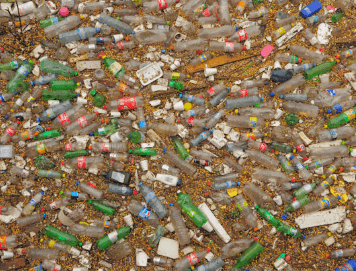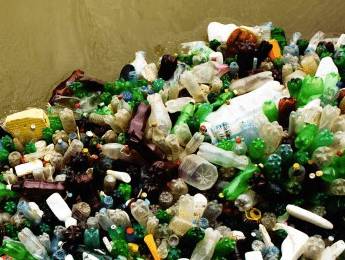The pervasive Finds Widespread Presence Plastics in across various ecosystems and communities raises significant concerns regarding environmental sustainability and public health. From the depths of the oceans to the air we breathe, plastics have infiltrated nearly every aspect of our lives, leading to alarming consequences for both marine biodiversity and human well-being. With over 90% of individuals globally showing traces of microplastics in their bodies, the implications are profound and far-reaching. Understanding the full scope of this issue is crucial, particularly when considering potential solutions that could mitigate these pressing challenges. What paths forward might exist to address this crisis?
Read also: Filing Firstcry India 218M
Global Distribution of Finds Widespread Presence Plastics in
Across the globe, plastics have permeated diverse ecosystems, industries, and communities, reflecting their ubiquitous nature.
The proliferation of plastic waste presents significant recycling challenges, undermining environmental policies aimed at sustainability.
Moreover, the economic implications of plastic production and waste management are profound, influencing market dynamics and resource allocation.
Understanding this distribution is crucial for developing effective strategies to mitigate the adverse effects of plastics on society and the environment.
Impact on Marine Life
Recognizing the pervasive presence of plastics in marine environments is essential for understanding their detrimental effects on marine life.
Plastic ingestion poses severe risks to various species, leading to malnutrition and mortality. Furthermore, habitat degradation caused by plastic pollution disrupts ecosystems, diminishing biodiversity.
The interaction between marine organisms and plastics underlines the urgent need for comprehensive strategies to mitigate these environmental challenges.
Effects on Human Health
The presence of plastics in the environment poses significant risks to human health, with studies indicating that over 90% of people worldwide have microplastics in their bodies.
Plastic exposure has been linked to various health risks, including endocrine disruption, reproductive issues, and potential carcinogenic effects.
As awareness grows, understanding these implications becomes crucial for safeguarding public health and promoting informed decision-making.

Solutions and Mitigation Strategies
Addressing the pervasive issue of plastic pollution requires a multifaceted approach, encompassing innovative strategies to reduce plastic production and enhance waste management.
Effective recycling initiatives can significantly decrease plastic waste, while promoting biodegradable alternatives presents a sustainable solution for future consumption.
Read also: Don Truesdale Net Worth
Conclusion
The pervasive Finds Widespread Presence Plastics in ecosystems, particularly marine environments, raises critical concerns regarding biodiversity and health. As microplastics infiltrate human bodies, the potential implications for public health remain alarmingly uncertain. Without immediate and effective mitigation strategies, the cycle of plastic pollution threatens not only ecological integrity but also human well-being. The specter of widespread contamination looms, compelling a reassessment of consumption, waste management, and environmental policies to avert an impending crisis that could reverberate through generations.

